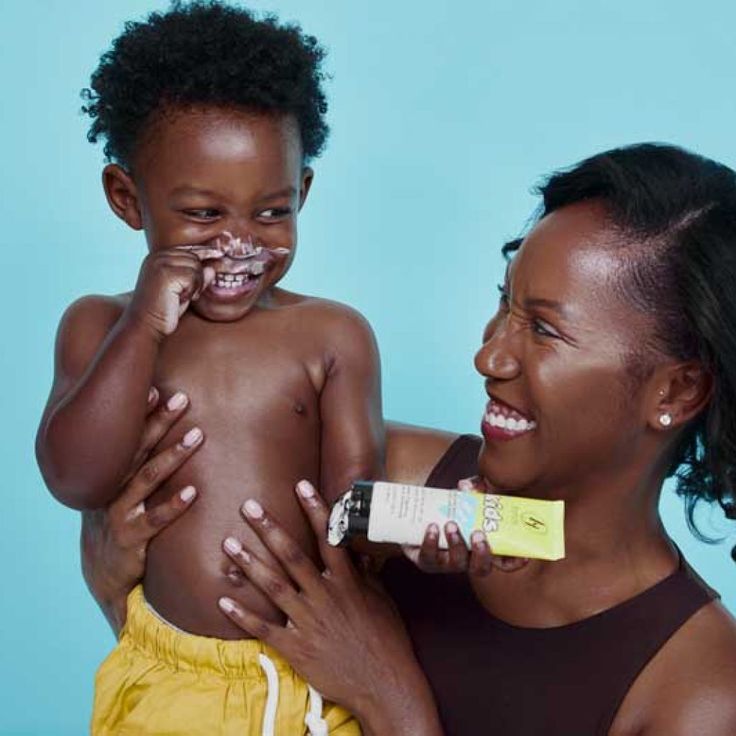- Empty cart.
- Continue Shopping
The Importance of Sunscreen for Kids

Protecting children’s delicate skin from the sun’s powerful rays is a vital aspect of their overall health and well-being. Sunscreen is a critical tool in safeguarding against sunburns and reducing the risk of long-term skin damage.
Vulnerability of Children’s Skin
1. Thinner Skin Barrier
Children have thinner and more delicate skin compared to adults, making them more susceptible to the harmful effects of UV radiation.
2. Increased Sun Sensitivity
Young skin is often more sensitive to the sun, which can lead to quicker and more severe sunburns.
Protection Against Harmful UV Rays
1. Preventing Sunburn
Sunscreen forms a protective barrier on the skin, preventing the harmful effects of UVB rays that cause sunburn.
2. Reducing Long-Term Damage
Regular use of sunscreen helps lower the risk of skin damage, including premature aging and the development of skin cancers later in life.
Selecting the Right Sunscreen
1. Broad-Spectrum Protection
Choose a sunscreen labeled as “broad-spectrum,” which protects against both UVA and UVB rays.
2. SPF (Sun Protection Factor)
Opt for a sunscreen with an SPF of at least 30, as it provides adequate protection for everyday activities.
Proper Application Techniques
1. Generous Application
Apply sunscreen liberally to all exposed areas of the skin, including the face, neck, arms, and legs.
2. Reapplication
Reapply sunscreen every two hours, or more frequently if swimming or sweating.
Sun Protection Beyond Sunscreen
1. Protective Clothing
Dress children in lightweight, long-sleeved clothing, wide-brimmed hats, and sunglasses to provide additional protection.
2. Seek Shade
Encourage children to play in shaded areas, especially during peak sun hours between 10 a.m. and 4 p.m.
Educating Kids About Sun Safety
1. Teach Sun Safety Habits
Educate children about the importance of wearing sunscreen, seeking shade, and wearing protective clothing when spending time outdoors.
2. Lead by Example
Demonstrate sun safety habits by applying sunscreen yourself and making it a routine part of outdoor activities.
Overcoming Common Concerns
1. Sensitive Skin
Opt for sunscreens designed for sensitive skin or those labeled as hypoallergenic.
2. Avoiding Sunscreen on Babies Under Six Months
For infants, it’s best to keep them in the shade and dress them in lightweight, long-sleeved clothing. Consult a pediatrician for specific recommendations.
In conclusion, using sunscreen is a crucial component of protecting children’s skin from the harmful effects of UV radiation. By instilling sun safety habits from an early age and choosing the right sunscreen for their needs, parents and caregivers can help ensure the long-term health and well-being of their children. Remember, teaching sun safety is an investment in their future, fostering a lifetime of healthy skin habits.








